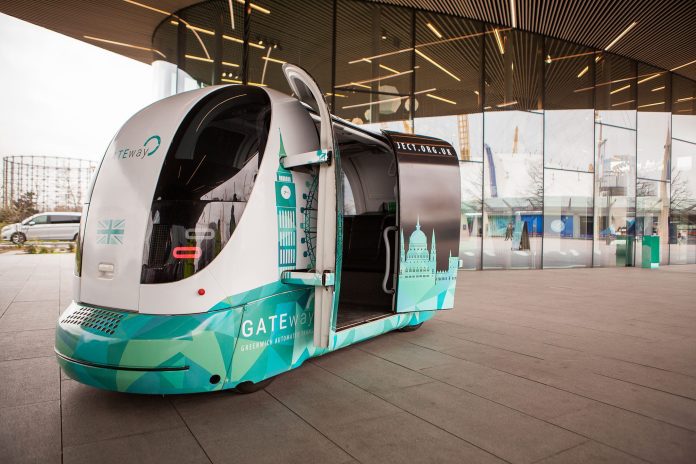The UK government has set out a new working strategy to define its objectives and methodologies for future urban mobility. In tandem, it has launched a £90 million competition for four UK cities or regions to establish dedicated mobility zones to trial new mobility services.
Mobility is one of four ‘grand challenges’ at the heart of the UK government’s industrial strategy for economic and social development. The other challenges are artificial intelligence, ageing society, and clean growth.
Its new strategy outlines the benefits it wants mobility innovation to deliver, and the principles by which to achieve them. It has published a review document alongside, which invites feedback on policy-making and regulation around future mobility.
Jesse Norman, minister of state for transport, said the UK’s fortunes will rest, in part, on how it executes on its new mobility strategy, and how it engages new digital technologies. “The sector is at a point of inflection. The window of opportunity is currently open; but for how much longer it will be so, no one can commented.
“If successfully channelled, they have the potential to deliver step-change advances for society, the environment and the economy. They could boost productivity and investment, increase export opportunities for UK companies and create high-quality jobs,” he said.
“If technological changes are not effectively managed they could have undesired effects, such as increasing congestion or reducing sustainable travel.”
The £90 million capital funding for four Future Mobility Zones (FMZs), billed as “globally significant demonstrators”, works as a top-up to its existing Transforming Cities Fund (TCF), which saw £60 million awarded to 10 cities across the UK last year. FMZs will complement the TCF, but be managed separately.
They will focus on trialling new mobility services and models, and transforming the local transport offer. The Department for Transport noted £20 million of the £90m was allocated to the West Midlands last year to help develop the concept and capitalise on related investments. The remaining £70m will be allocated by a competitive process to three additional areas.
The idea is they provide an “exportable template” to be replicated in other areas. Funding will be allocated over a four-year period through to 2022/23.
Its new mobility strategy establishes four principles to govern its engagement with new mobility “services, modes and models”. These are: safety by design; society-wide access to innovation; an exercise-first policy for short commutes; a public-transport first policy for city travel; an integrated multi-mode transport system; an all-out drive for zero-emissions; ride-sharing for both passengers and cargo; an open marketplace; and improved data sharing through standards and platforms.
The strategy document acknowledged “significant uncertainty” about the rate of technological development and consumer adoption. “We do not have all the answers now,” it said. “Our approach will need to adapt over the coming decades.” As such, it looked more like a work-in-progress, which seeks to establish rules of engagement.
“This transformation potentially offers huge industrial opportunities as well, including new high quality jobs, new investment and increased national productivity.The government has put the Future of Mobility at the heart of its Industrial Strategy in an effort to take full advantage of these extraordinary opportunities.”

